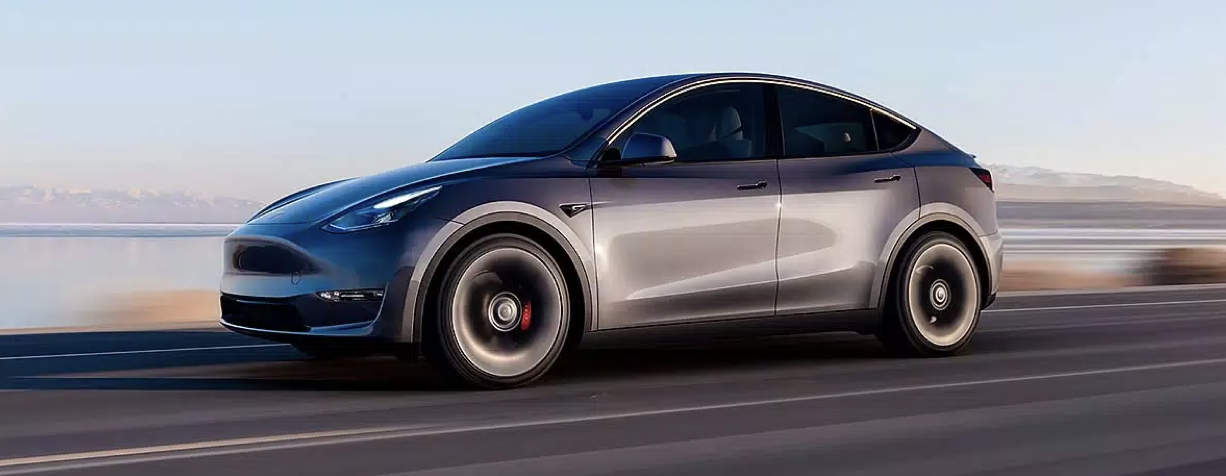When Tesla announced in early January that they would cut car prices in China by about 13%, I began to anticipate price cutting in other countries as well. What was most surprising about the news was the magnitude of price cuts in both the US and Europe. In the end, Tesla will hammer its profit margins by 25%, potentially, while hammering its EV competition and growing deliveries by my own expectation of 50% in 2023 compared to 40% in 2022, despite a difficult macro. Long-term, I believe this will be a positive for Tesla by gaining market share and putting its competitors in the corner.
The price cuts
Tesla cut prices on most of its vehicles within the US and Europe by up to 20%. What’s notable is that the biggest price adjustment was on the Model Y Long Range from $66k to $53k, which I believe is the company’s second-highest volume vehicle behind the Model 3 Long Range. Factoring in the volume dynamic, I estimate that Tesla’s average discount across its product line will net out to around 15%.
Expect a drop in profit margin
Elon Musk has said that he prefers to “allow margins to fall during a recession so that volume can still grow.” While sometimes it’s hard to decode Musk’s comments, this one is straightforward. Margins are going down. Just how far down will be an ongoing debate until the company reports its December results on January 25th.
It’s important to note that after the most recent price adjustments, prices are still higher than at the start of 2021—when automotive gross margin ex regulatory credits (non-GAAP) were 22%. Since then, auto gross margin ex credits increased to 26.8% in the September 2022 quarter.
With prices higher than in early 2021, along with the benefits of increasing economies of scale, the hit to margins from rising input costs over the past two years should soften. My sense is that auto gross margins ex credits will decline to 15-20% in 2023, and increase in 2024. As for gross profit dollars, I expect a 20% increase in demand and a 25% decline in profits should net out to roughly a 5% decline in profit dollars in 2023.
Expect a spike in demand
The decline in Model Y LR pricing qualifies it for the $7.5k tax rebate, so consumers in the US can purchase the car for about 30% less than before the price cut. This is essentially a $20k savings. About a day after the price reduction announcement, Tesla quoted delivery times for the Model Y LR at around 1-3 months. This is surprisingly fast given the recent price reductions. I expect lead times in the upcoming weeks to expand to around 2-4 months.
As for 2023 deliveries, I believe the new pricing will have a measurable impact on demand. Prior to the changes, I expected 2023 deliveries to grow to 1.6m, or a 25% increase. In theory, reducing price by an average of 15% should increase demand by more than 15%. If demand would increase by 20%, this would increase deliveries to 1.97m in 2023, up 50% y/y.
Competition is in a tight spot
This year will be another big year for new EVs. Ford Lightning sales will be ramping and GM is expected to release an electric Silverado pickup (which is expected to start at $40k, unbelievably). While these two prices are in line with Tesla’s updated pricing, the question of vehicle value goes beyond MSRP. Value is a function of price and included features and, I believe that once the dust settles on EVs in 2023, Tesla will offer the best value to consumers. In turn, I expect other automakers to reduce their prices in 2023 to better compete with Tesla. In the end, consumers have the final say on the topic and will vote with their dollars.
